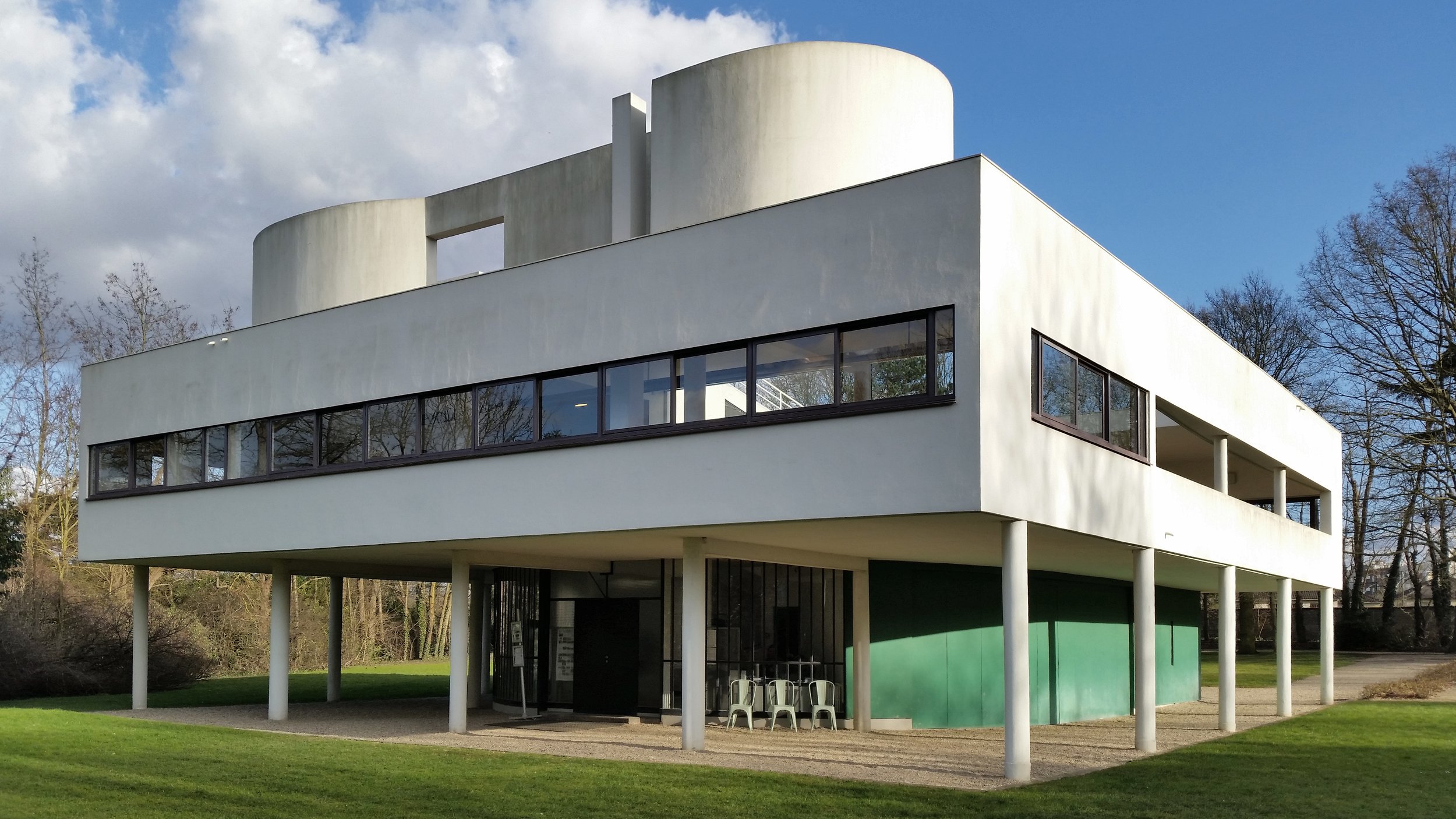THE POWER OF INTUITIVE THINKING IN DESIGN
In his book From Dawn to Decadence: 500 Years of Western Cultural Life, Jacque Barzun insightfully outlines many cultural trends that have shaped modern history. One such observation is how scientific thinking has come to dominate our worldview, including culture’s more complex aspects. In his writing Barzun explores the limitations of this tendency, which he calls “scientism.” He defines it as “the fallacy of believing that the method of science must be used on all forms of experience and, given time, will settle every issue.” In this view, while science has undoubtedly brought astounding progress to our world, there still exist important, complex phenomena that elude its required abstractions—architecture, in my mind, among them. For approaching such issues, Barzun proposes a different method: intuitive thinking.
As noted in From Dawn to Decadence, the shortcomings of scientific analysis were noted early on by Renaissance philosopher Blaise Pascal (inventor of the calculator, barometer, and probability theory). He expressed it as the difference between two temperaments of reasoning: geometrical vs. intuitive. According to Barzun: “By geometrical, Pascal means the mind when it works with exact definitions and abstractions in science or mathematics; by intuitive, the mind when it works with ideas and perceptions not capable of exact definition. A right-angle triangle or gravitation is a perfectly definite idea; poetry or love or good government is not definable.”
Blaise Pascal, line engraving by J. Bein
SCIENTISM IN ARCHITECTURAL THOUGHT
When the geometrical temperament dominates, it is easy to discount what cannot be definitively quantified. Such things typically become viewed as “mere opinion, error, and fantasy” as Barzun observes. The ramifications in the field of architecture are significant. If beauty is merely in the eye of the beholder, then what value is one’s opinion versus another? And if aesthetic questions have no basis in a provable truth, then why put energy into exploring and debating such notions?
The evolution of this thinking fully came of age in the early 20th century. Inspired by technology and as a reaction against tradition, architects looked to rationalize design, notably Le Corbusier and his “machine for living.” Later, post-modernism extended the logic further: if the essence of design is indefinable as a universal truth, then design only matters in as much as it speaks to the makers and “consumers” of it. In this view, the unquantifiable characteristics of design (beauty, meaning, etc.) are relative truths if truths at all. The results have been a predictable free-for-all aesthetically.
Villa Savoye, architect: Le Corbusier
COMPLEXITY IN ARCHITECTURAL DESIGN
In the haze that scientism has created, I find that people acutely struggle with questions of design that are not easily quantifiable. As a reflex, it is common to fixate on the things that are calculable. Take ceiling height, for example. Never has a client asked me to lower a ceiling—the default mindset is to make the ceiling as tall as possible or set to some standard height perceived as “good.” Yet doing so ignores the complex nature that ceiling height imparts on a space. As explained in the seminal book A Pattern Language, ceiling height correlates closely with intimacy—a quality not easily measured. The most intimate spaces, like a bed, require low ceilings (displayed notably by Thomas Jefferson’s Monticello alcove beds). The most public spaces, like a train station, require the tallest ceilings (consider the majesty of New York’s Grand Central Terminal). And, as A Pattern Language notes, just as crucial is the relative difference in ceiling heights between adjacent spaces. For example, instead of an absolute height perfecting the feeling of a living room, more important is that it be taller than the more intimate spaces elsewhere in the house: bedrooms, bathrooms, and the like. This qualitative difference is hard to quantify but impossible to deny.
The Madison Bedroom at Monticello, architect: Thomas Jefferson
New York Grand Central Terminal, architect: Reed and Stem
Aside from the misguided focus on absolutes, denying the intuitive temperament can force the mind to make false choices. Take a simple column—what should guide its design? If economics rules, the material would be of the most affordable available. But calculations of carbon footprint might mandate a different choice. The structural rationalist would be concerned with what would most efficiently bear the calculated loads. But shouldn’t the form of a column also help shape the space around it, not to mention be beautifully detailed? Fully addressing a single parameter rarely proves satisfactory to all. Only an intuitive temperament can successfully balance multiple concerns.
EMBRACING INTUITIVE THINKING
The effect of scientism on our culture is not hopeless, of course. The intuitive temperament that Pascal observed seems ingrained and lurking in us all. As Barzun notes in From Dawn to Decadence, “in every generation, thinkers—including some notable scientists—have maintained that the geometrical spirit and the method of Descartes do not apply to everything. Truths of a different order are attainable by finesse, even if consensus is lacking.” Current explorations into emergent phenomenon follow this vein, with study into subjects as disparate as self-consciousness, climate patterns, and animal social behaviour. On this front, the theorist Christopher Alexander has led the way to developing an intuitive approach for the practice of architecture. His book The Nature of Order provides an invaluable alternative to the geometrical mindset, one that outlines the value of intuitive thinking in design.
——
written by Brian Hagood, architect on March 4, 2022




